1. The Emerge of the Runes Protocol
The Ordinals protocol developed by Casey Rodarmor is one of the most impactful innovations on the Bitcoin network, opening up new waves of development like NFTs, Inscriptions, Layer 2, and especially Fungible Token projects.
Previously, the Bitcoin network only had one native token – BTC. But with Ordinals, many new Fungible Token protocols like BRC-20, ARC-20, and ORC-20 have emerged, invigorating the Bitcoin ecosystem.
However, the issuance of too many “junk” tokens has also led to fragmentation of the UTXO set, burdening nodes and increasing transaction fees. Casey Rodarmor himself has criticized that most of these tokens are either scams or memes.
Addressing these limitations, the Runes Protocol was developed by Casey Rodarmor as a new Fungible Token protocol to optimize the UTXO fragmentation issue on the Bitcoin network. Runes officially launched its mainnet at the Bitcoin Halving block 840,000 in April 2024.
1.1. What is the Runes Protocol?
The Runes Protocol is a protocol for issuing fungible tokens on the Bitcoin network, created by Casey Rodarmor – the man behind the famous Ordinals protocol.
The key difference of Runes compared to other token issuance protocols is its operation based on the UTXO (Unspent Transaction Output) model of the Bitcoin network. Rather than using an account based model like many other blockchains, Runes utilizes the UTXO model, similar to using “balance certificates” to conduct transactions.
Specifically, in the UTXO model, each address on the Bitcoin network can hold multiple UTXOs with different values. When wanting to spend, users will use these UTXOs as inputs for the transaction. Afterwards, these UTXOs become Spent Transaction Outputs and cannot be used again. Instead, new UTXOs will be created.
This mechanism helps Runes strongly resist double-spending attacks, as it prevents the reuse of already spent UTXOs. This is different from the Account Based model, where users can transfer any amount without having to provide the full certificate.
1.2. Runes Ecosystem
After the Bitcoin halving event, Casey Rodarmor hard-coded the first project, UNCOMMON•GOODS. While there is no maximum limit on the number of UNCOMMON•GOODS tokens, people can only mint them until the next Bitcoin halving, which is expected to occur around March 2028.
In addition to UNCOMMON•GOODS, the Runes ecosystem has seen the emergence of several other notable tokens:
- Z•Z•Z•Z•Z•FEHU•Z•Z•Z•Z•Z: This was the first Rune created after Rodarmor’s hard-coded Rune #0. It gained attention within the Runes community.
- SATOSHI•NAKAMOTO: This Rune #6 saw significant traction when the Runes protocol went live, reaching one of the highest market caps in the initial trading week.
- WANKO•MANKO•RUNES: Considered the first Rune memecoin, WANKO•MANKO•RUNES has managed to ascend the Rune ranks despite not being an early-etched project. This token has gained popularity within the Runes ecosystem.
The Runes ecosystem is quite comprehensive, with several core sectors like Launchpad, Marketplace/ DEX, Wallet,..
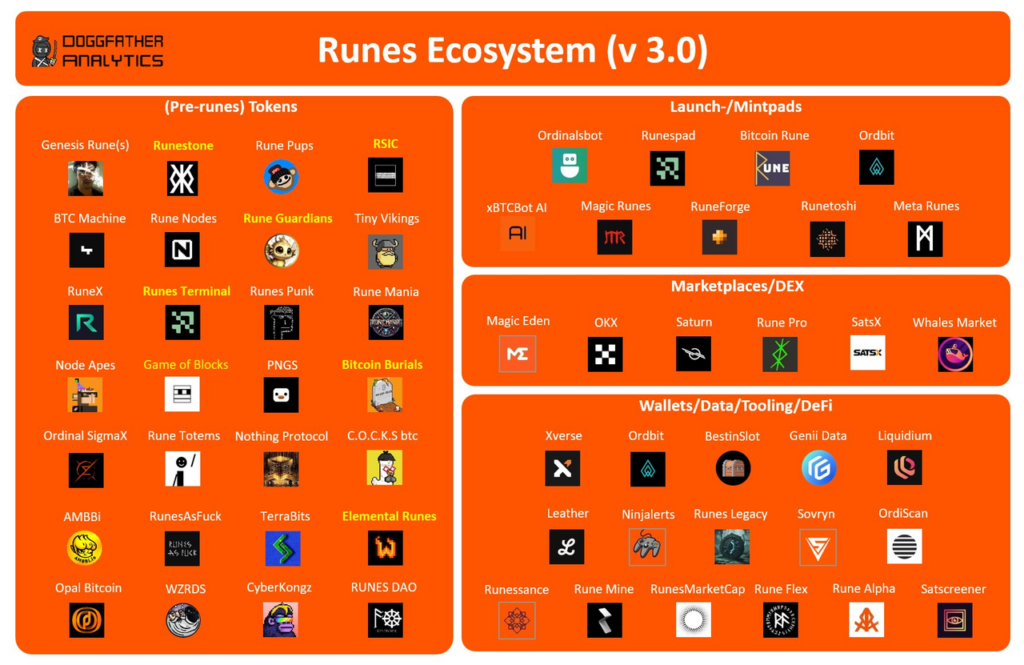
2. How it works
Before delving into the operational model of Runes, you need to understand the UTXO on the Bitcoin network. Unlike most blockchains today, Bitcoin uses the UTXO model instead of an Account Based model.
2.1.UTXO – Unspent Transaction Output
UTXO works like physical cash. Each UTXO is a digital “banknote” on the Blockchain network. Each cryptocurrency address can own multiple UTXOs of different values.
When you want to make a transaction, you will use one or more UTXO “banknotes” as inputs for that transaction. After the transaction is confirmed, these UTXOs become “spent” and cannot be used again. Instead, it will create new UTXOs with different values.
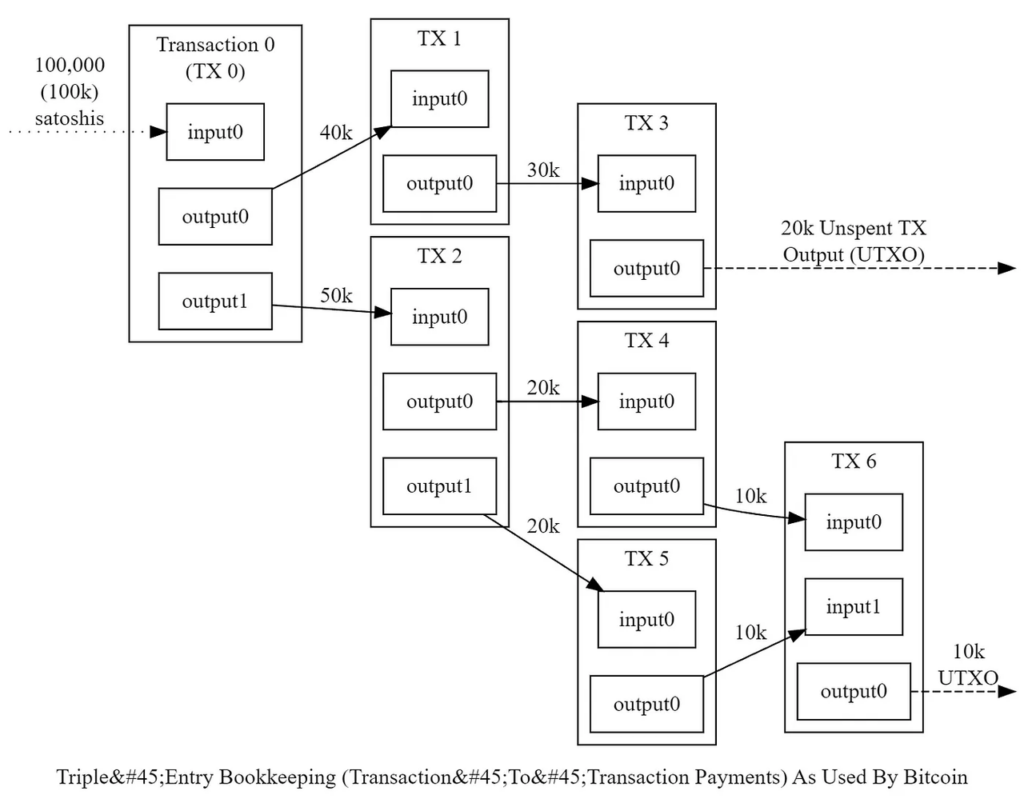
For example, you have 2 UTXOs, one worth 0.5 BTC and one worth 0.3 BTC. When you want to send 0.4 BTC, you will use both of these UTXOs as inputs. After the transaction is confirmed, the 2 old UTXOs will become “spent” and it will create 2 new UTXOs, one for 0.4 BTC (the amount you sent) and one for 0.4 BTC (the change).
The UTXO model is very effective at preventing “double-spending” attacks, as each UTXO can only be used once. This helps to keep the entire Blockchain system secure.
2.2. Runes
Runes expands UTXO capabilities: The Runes protocol allows UTXOs to be “programmed” to encode arbitrary data and logic through special protocol messages.
- OP_RETURN data payload: Runes crafts “message” transactions that include 80 bytes of data in the OP_RETURN output script. This encodes a Runes protocol instruction, such as assigning Runes tokens to a UTXO.
- Runes network indexers: When the message transaction is confirmed on the Bitcoin blockchain, Runes indexers detect the OP_RETURN-encoded messages and process the protocol instructions.
- Updating UTXO records: The indexers modify their locally stored UTXO records to reflect the changes specified in the Runes protocol message, such as assigning a balance of Runes tokens to a UTXO.
- Programmable UTXOs: By updating the Runes balance tied to a UTXO, that UTXO can now represent the token amount in future Runes transactions, achieving programmable UTXOs without modifying Bitcoin itself.
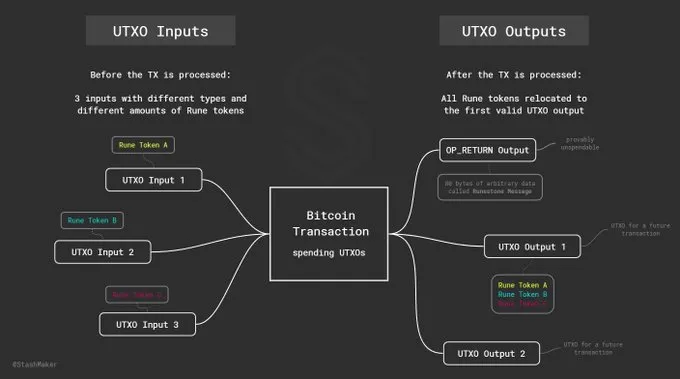
3. Closing Thoughts
The Runes Protocol represents an important step forward in unlocking Bitcoin’s tokenized future. It offers a more efficient and transparent framework for creating and managing fungible tokens directly on the Bitcoin network, without the need for secondary layers or sidechains.
On the other hand, the launch of the Runes protocol has been a positive development for Bitcoin miners. Despite the recent Bitcoin halving event, where the block reward was cut in half from 6.25 BTC to 3.125 BTC, Bitcoin miners have seen a windfall thanks to a surge in transaction fees. Data analysis reveals that within the first 18 blocks mined after the halving, there was a significant spike in transaction fees, reaching as high as $20 million. A substantial portion of this activity was attributed to the issuance of Runes tokens on the Bitcoin blockchain.
Recently, Binance Research introduced the Runes Protocol in their report titled “The Future of Bitcoin”. This may serve as a catalyst for the growth of the Runes ecosystem, similar to how previous reports on DeFi, AI, Ordinals, and other topics have impacted their respective sectors.
The information provided in this article is for reference only and should not be taken as investment advice. All investment decisions should be based on thorough research and personal evaluation.


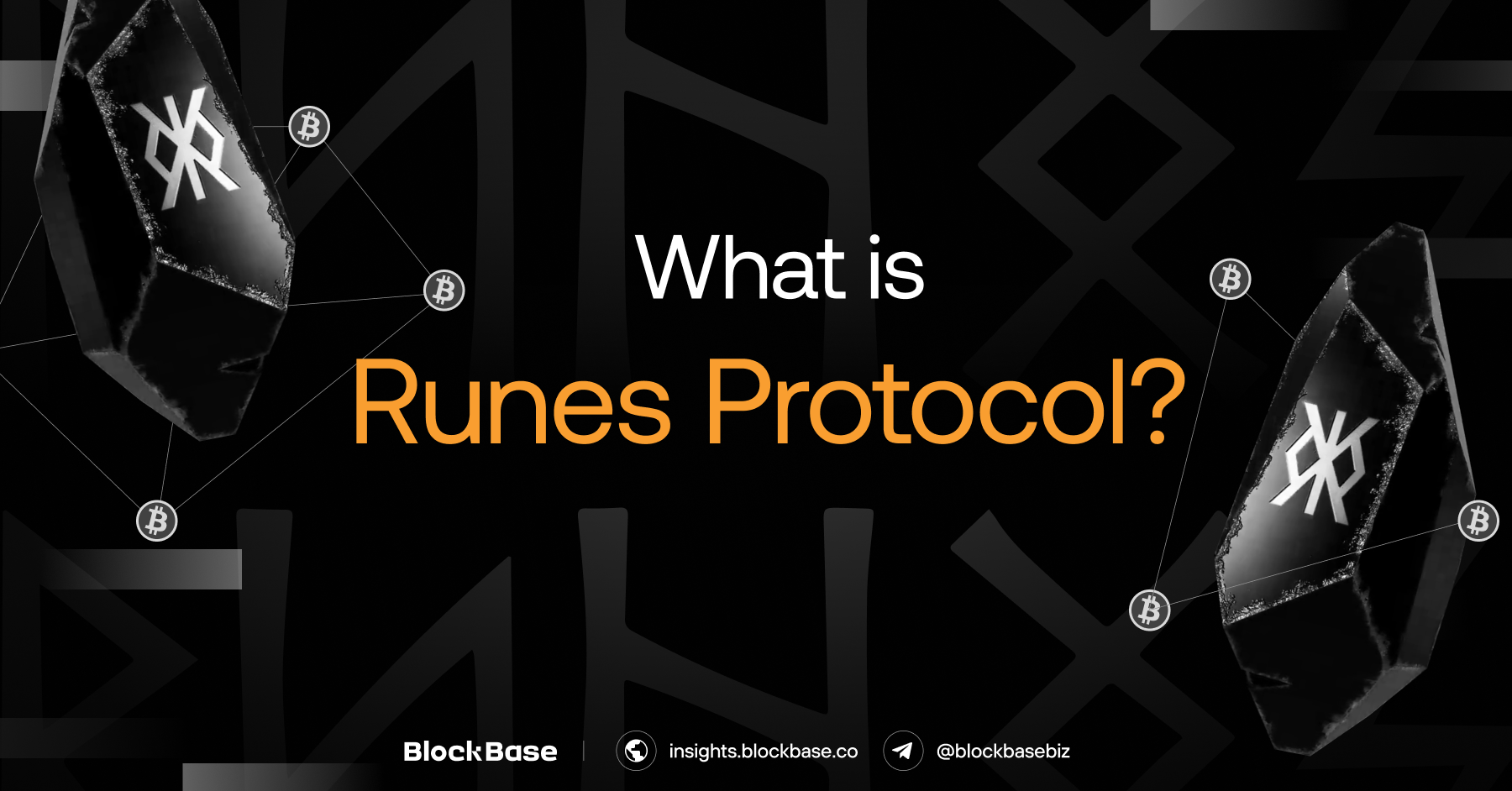
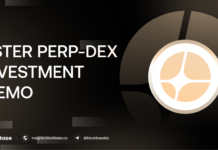


[…] What is Runes Protocol? […]
[…] What is Runes Protocol? […]
Comments are closed.